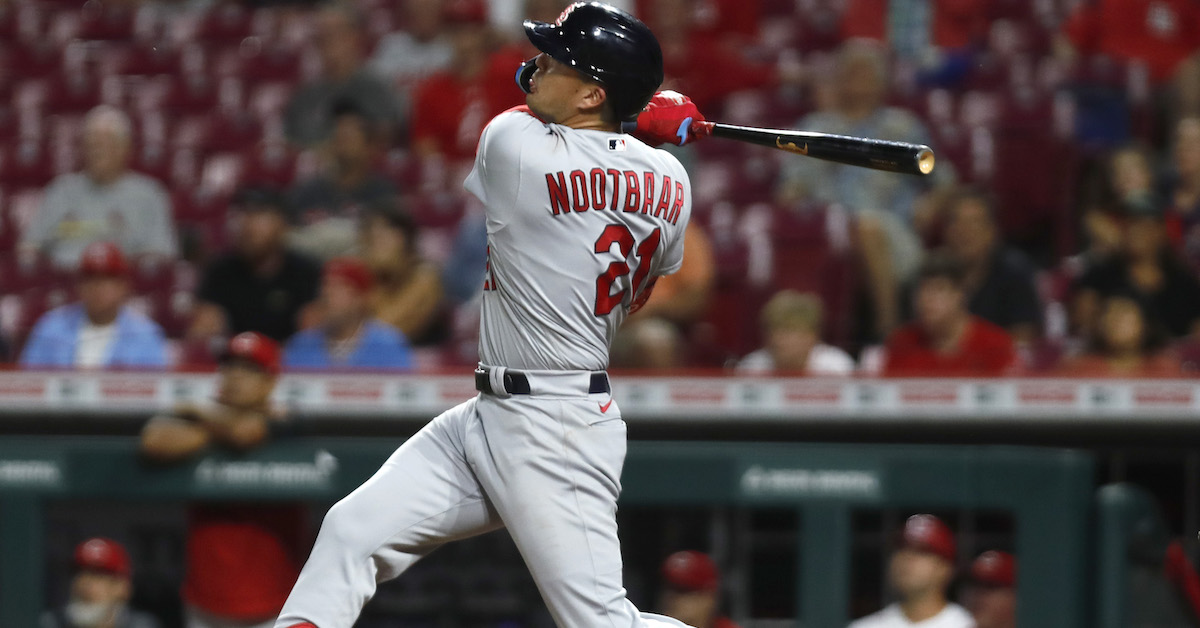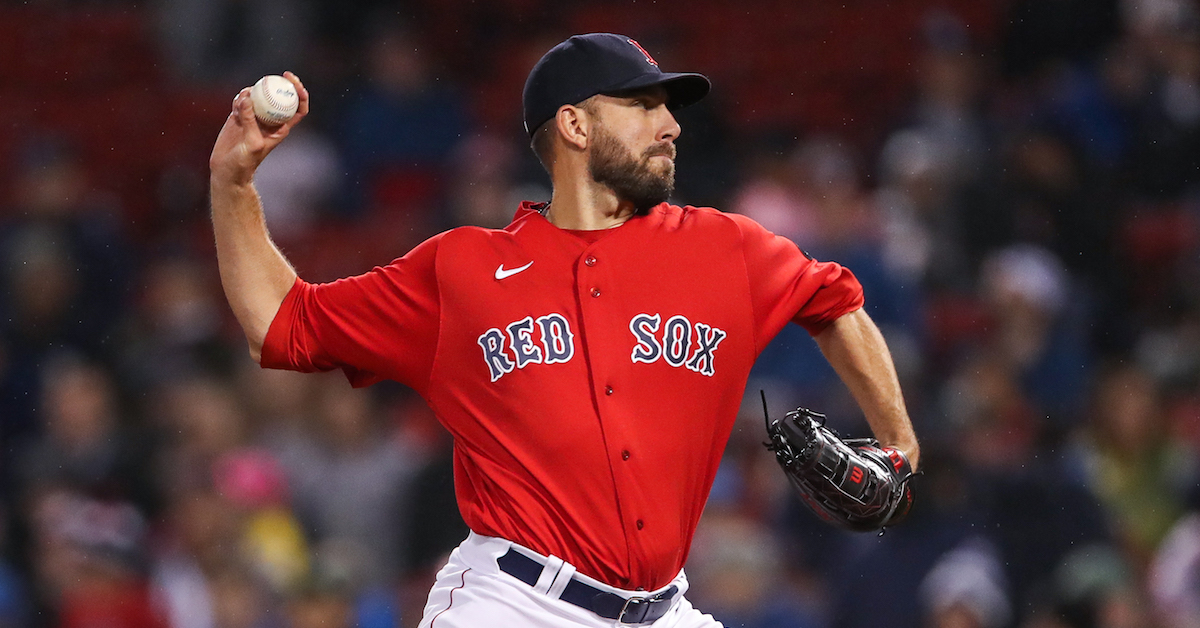You Can’t Fake Exit Velocity

Last week, I spent a few articles idly hunting for hitter breakouts. I centered my search on players with admirable top-end power numbers but who reached that summit rarely. I found that when those players increased their contact rate, they improved their overall line significantly. I think that finding tracks with intuition in addition to having data to back it up, so I’m overall pleased with that research.
That said, all this downloading and scraping of exit velocity data made me wonder about the opposite side of this spectrum: can hitters add power and break out from the other direction? Hitters who make a ton of contact but don’t hit the ball with much authority feel somewhat capped offensively; in my head, Luis Arraez has a 0% chance of turning in a 20-homer season. I didn’t have the numbers behind that, though, so I gathered up the same pile of data I’d used before and started hunting.
The main thing I learned from the data is something that you’ve heard over and over again: maximum exit velocity (and 95th-percentile exit velocity, which I’m using) is sticky. How hard you hit the ball in one year does a great job of determining how hard you’ll hit the ball in the next year.
More specifically, I took a sample of players with at least 100 batted balls in two consecutive seasons. I sampled from 2015 to ’22, which gave me seven year-pairs, though the ones involving 2020 were light on qualifying players thanks to the abbreviated season. From there, I asked a simple question: how much did each player’s 95th-percentile exit velocity change from one year to the next? Read the rest of this entry »







